TOLL FREE: 1(888)909.6336
Blog & News


Medical Marijuana: What You Need to Know
Medical marijuana, once quietly talked about, is now part of everyday life for thousands of Canadians. From chronic pain to PTSD, patients across the country are finding relief with cannabis prescribed by their health care provider. But even with legalization, the system can still feel complicated or unclear.
At GrowLegally, we've been supporting patients since the very beginning. Our founder received his first medical cannabis licence in 2009, at a time when most doctors refused to authorize access. After countless rejections, it became clear the issue wasn’t resistance—it was a lack of understanding. That sparked our mission: to educate doctors and patients on the benefits and risks of medical cannabis, while guiding them through the complex framework set by the College of Physicians and Health Canada.
By 2011, GrowLegally was officially founded. We've since helped thousands of Canadians access medical cannabis legally, safely, and with confidence. As a trusted Medical Cannabis Clinic in Toronto, we continue to support patients across every province with medical assessments, prescription support, and licensing services including personal and designated grow licences.
What many people don’t realize is that Canada’s medical cannabis program wasn’t created out of thoughtful policy. It was built because advocates, patients, and professionals fought for it. People were arrested, silenced, and pushed to the margins for using a plant that helped manage their symptoms. It took years of court battles, public pressure, and constitutional challenges to force the federal government to create a legal medical cannabis access program. We’re here today because of that fight—and it’s important to remember it.
Here’s how we got from prohibition to a functioning, federally regulated system.
How Canada’s Medical Cannabis System Came to Be
In 2001, the federal government introduced the Marihuana Medical Access Regulations (MMAR) only after the courts ruled that patients had a constitutional right to access cannabis for medical purposes. This allowed patients to possess cannabis and either grow it themselves or designate someone to grow it for them.
By 2013, the government replaced the MMAR with the Marihuana for Medical Purposes Regulations (MMPR). This shift forced patients to purchase cannabis only from licensed producers. The ability to grow was removed, and many patients struggled with cost, supply, and access. It was a step backward, and patients took action again.
In 2016, after a landmark court case—Allard v. Canada—the courts ruled that removing personal growing rights violated the Canadian Charter of Rights and Freedoms. That decision led to the creation of the Access to Cannabis for Medical Purposes Regulations (ACMPR), which restored growing rights to patients with proper medical authorization.
Then, in 2018, Canada legalized cannabis under the Cannabis Act. While this introduced recreational access nationwide, the medical stream remained separate. Patients still need proper medical documentation to possess higher limits, grow their own supply, or qualify for certain protections and supports. The ACMPR was folded into the broader Cannabis Regulations under the Cannabis Act, and Health Canada remains responsible for oversight and compliance.
Today, medical cannabis in Canada is regulated by Health Canada under the Cannabis Act and Cannabis Regulations. Patients must follow rules on possession, storage, growing, and travel. According to recent Health Canada data, more than 19,000 individuals are registered to produce cannabis for personal medical use, while another over 200,000 patients are registered for possession-only access through licensed sellers. These numbers show that medical access is still critical, even in a legalized market, and patients across the country continue to rely on it.
Why Medical Access Still Matters
Even with recreational cannabis now legal, having a medical cannabis prescription in Canada still offers real protections. Patients with proper authorization are legally allowed to possess and store more than the public limit, and can apply for a personal or designated production licence from Health Canada, giving them more control over their treatment and cost.
Medical cannabis patients are protected when travelling within Canada with their prescribed amount. They receive medical guidance specific to their health conditions, something recreational stores can’t provide. And in many cases, patients may qualify for insurance coverage or tax deductions when supported by proper documentation.
But medical access also comes with responsibility. Health Canada continues to inspect personal and designated grow sites across the country. Non-compliance can lead to enforcement action, suspension of access, or legal consequences. Many patients don’t even realize they’re non-compliant until it’s too late—which is why education and support are key.
Your Partner in Medical Cannabis Access
Too many people assume visiting a recreational dispensary is the same as getting medical care—it’s not. Recreational stores can’t offer medical assessments, dosage guidance, grow licence applications, or ongoing health support. That’s what we do every day at GrowLegally.
We’re not just a medical cannabis clinic in Toronto—we’re educators, advocates, and long-time supporters of patient rights. Whether you’re just starting out, renewing your licence, or need help understanding what’s legal and what’s not, we’re here to guide you through every step.
We've been in this space since before it was mainstream. When patients had to fight just to be heard, GrowLegally stood with them—and we still do today.
Take the Next Step
If you're ready to explore whether medical cannabis is right for you, or need help getting started with your prescription or grow licence, book your free consultation with GrowLegally. We’ll help you access your medicine safely, legally, and with confidence—because this isn’t just about cannabis. It’s about your health, your rights, and your future.
Previous Post
Next Post

Storing Medical Cannabis – Learn how to properly store your cannabis and keep its potency strong.
Go To Post
Before Acquiring Medical Marijuana, Here Are 2 Questions That Your Doctor Is Likely To Ask You (Plus a Bonus One!)
Go To Post
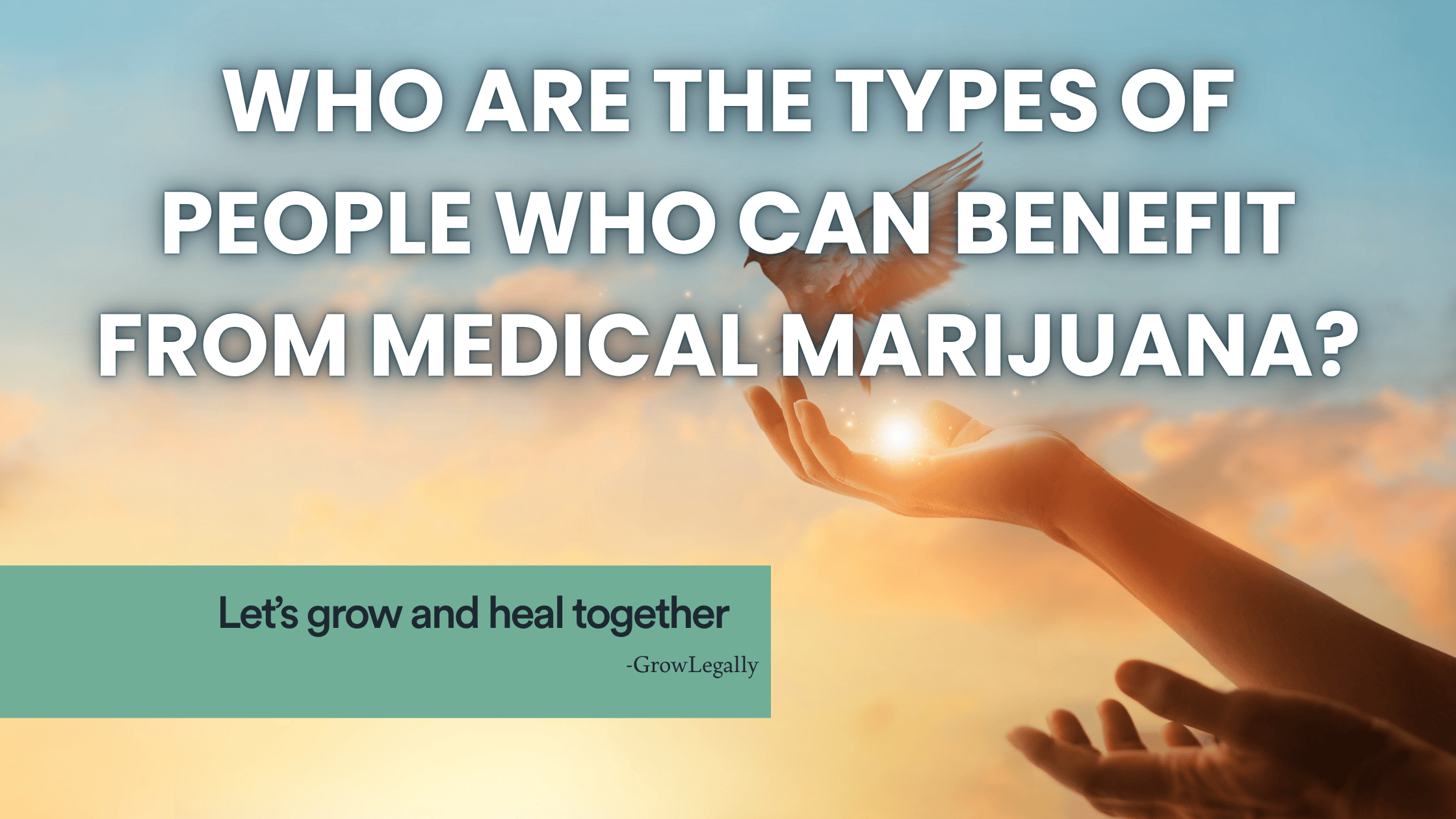
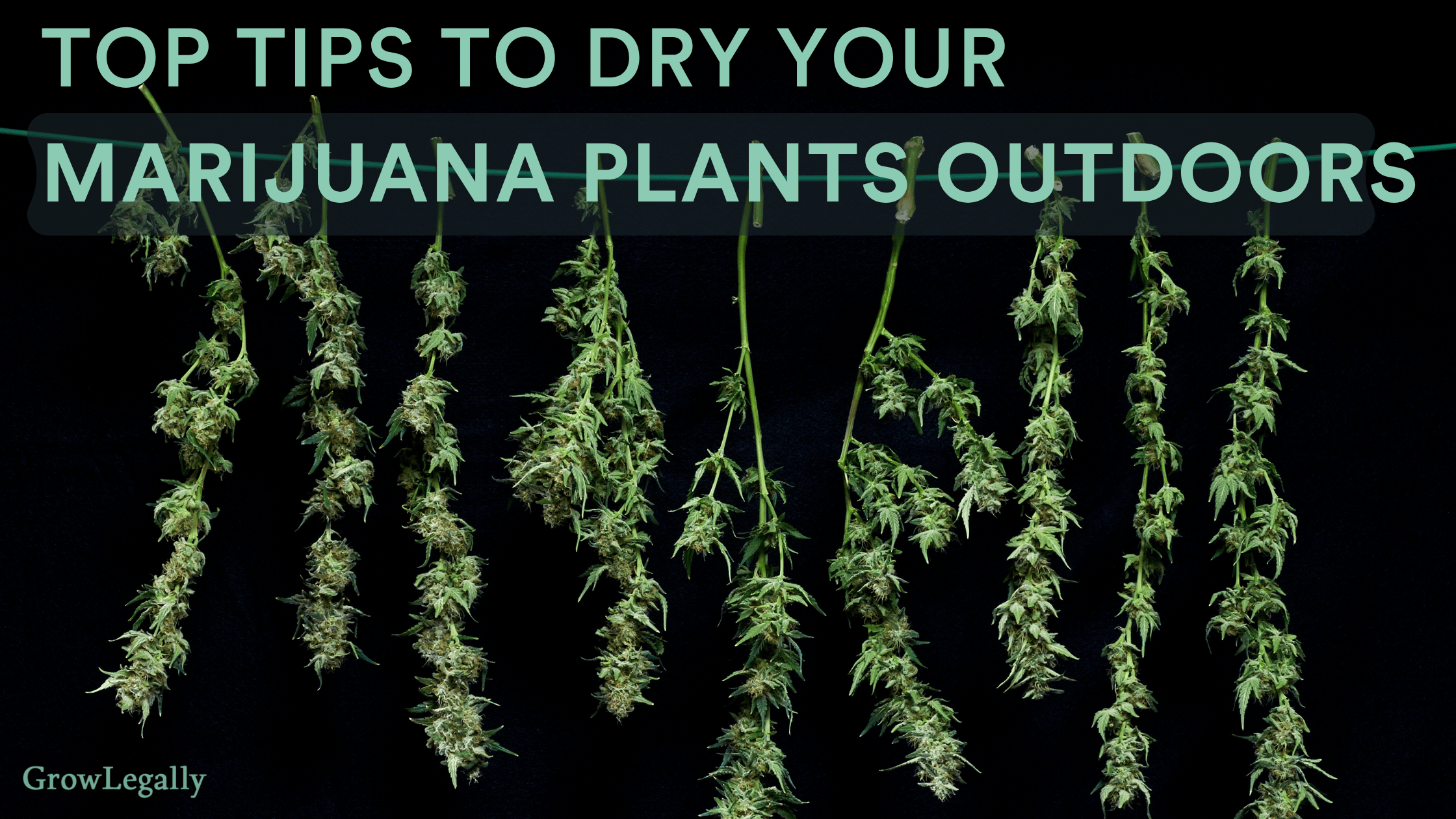
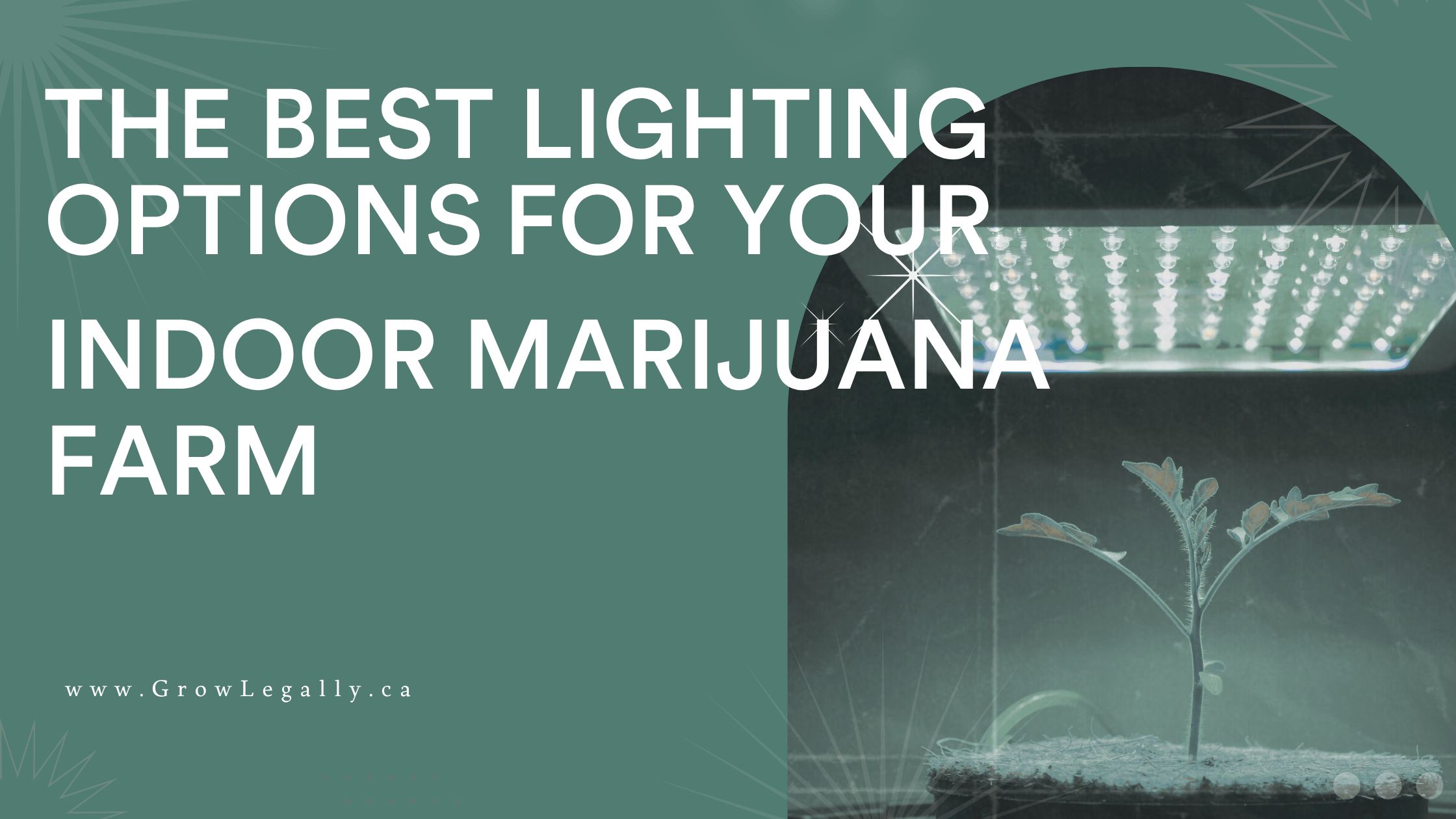
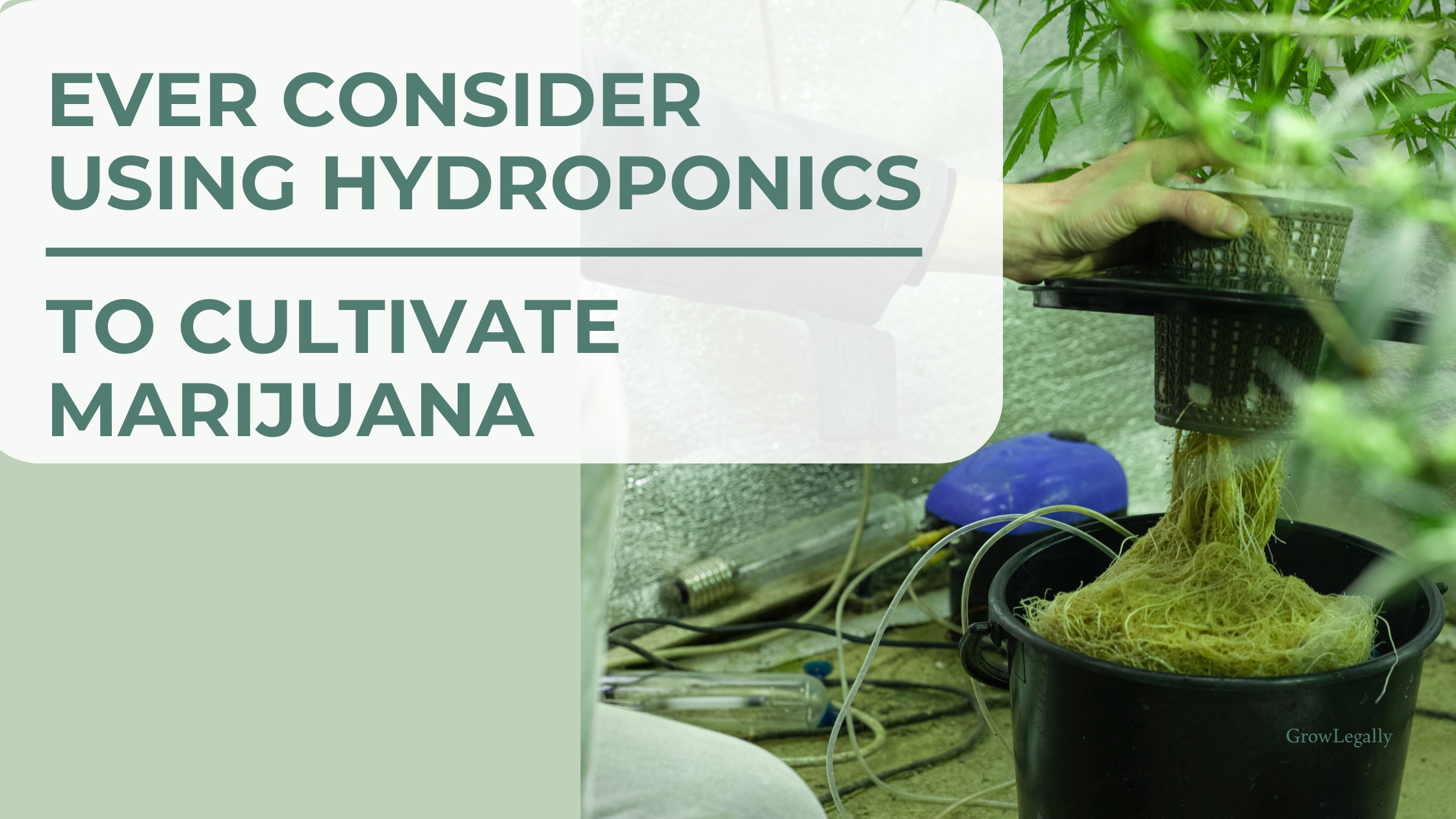
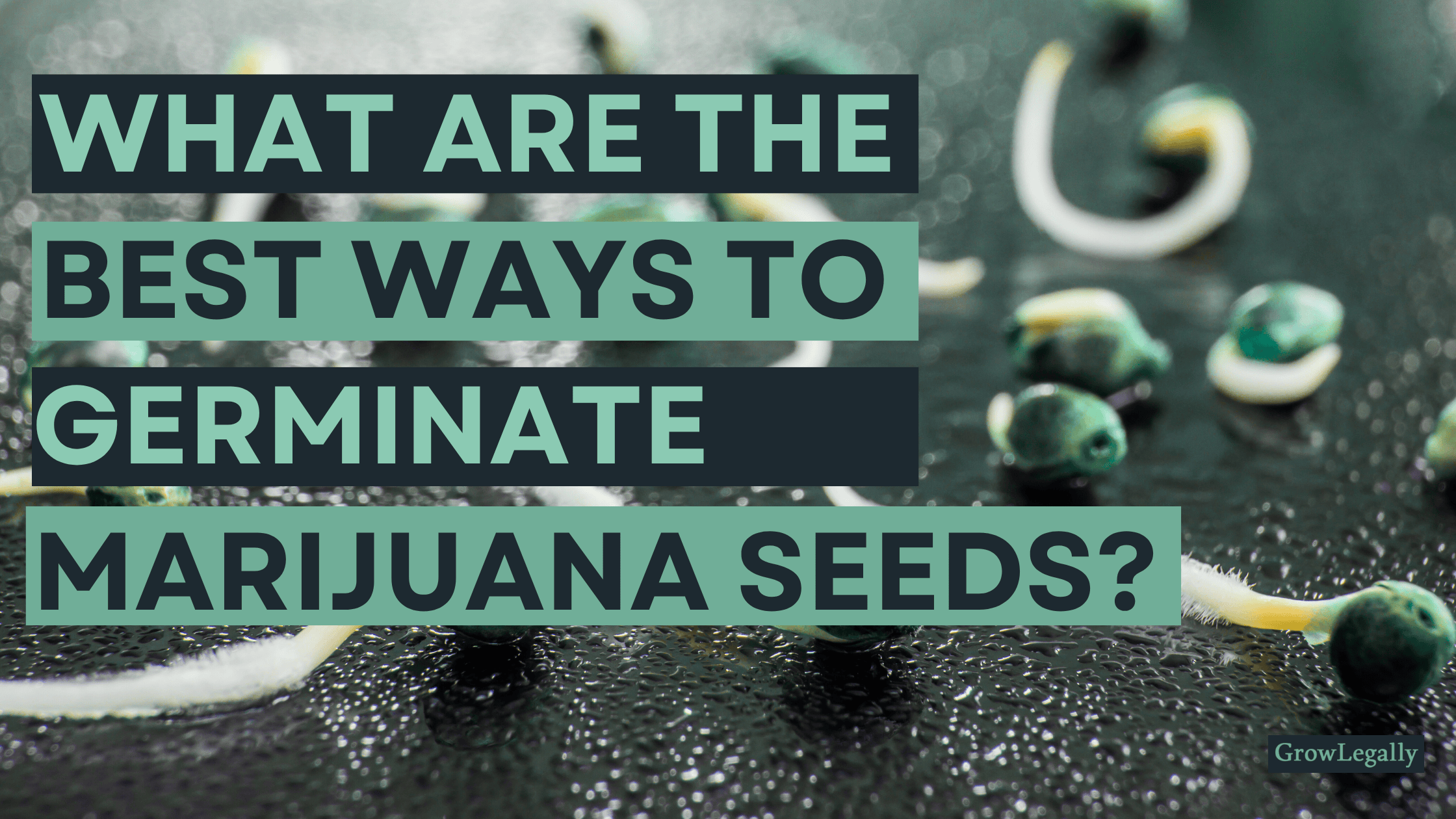
.png)

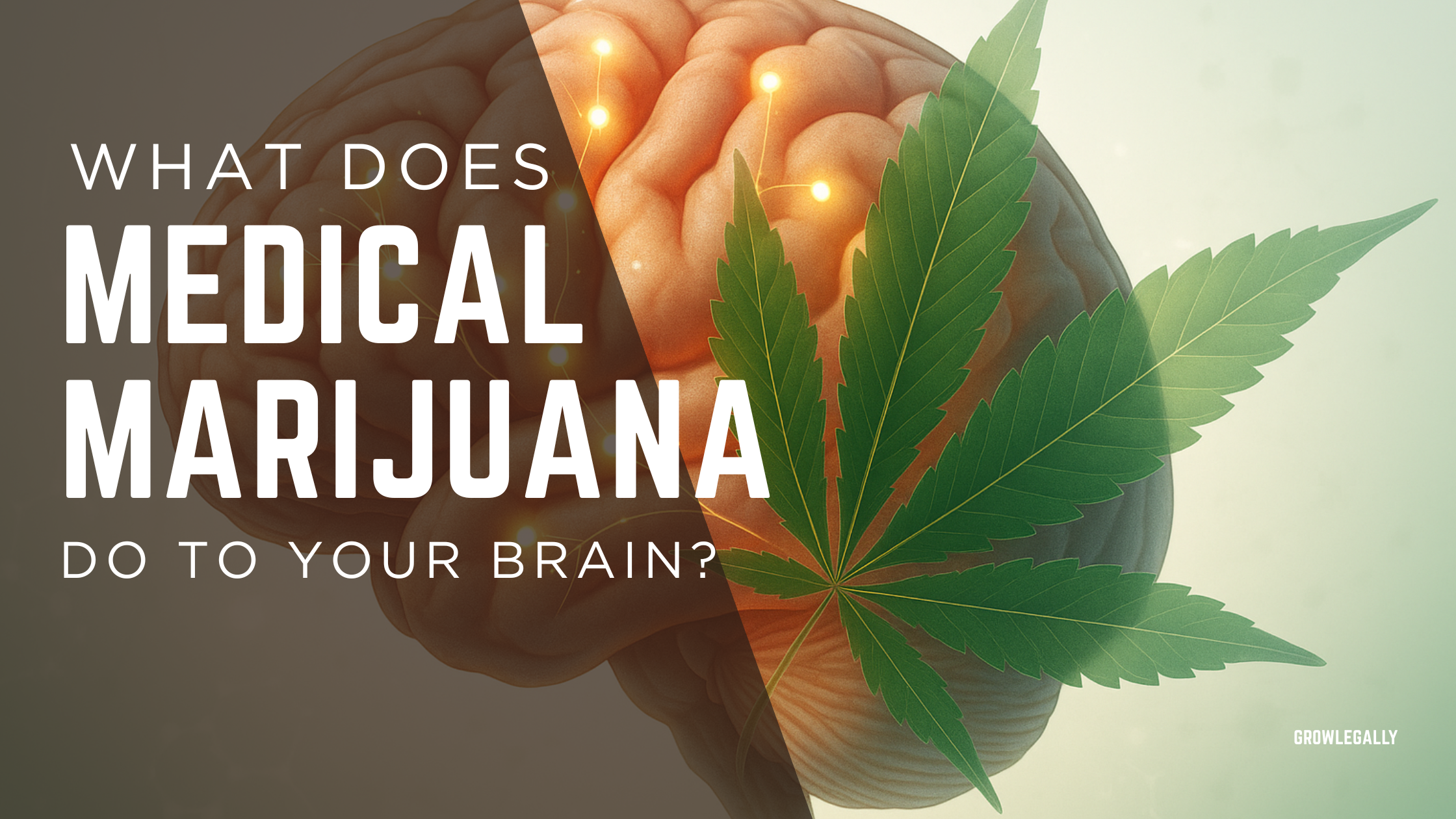
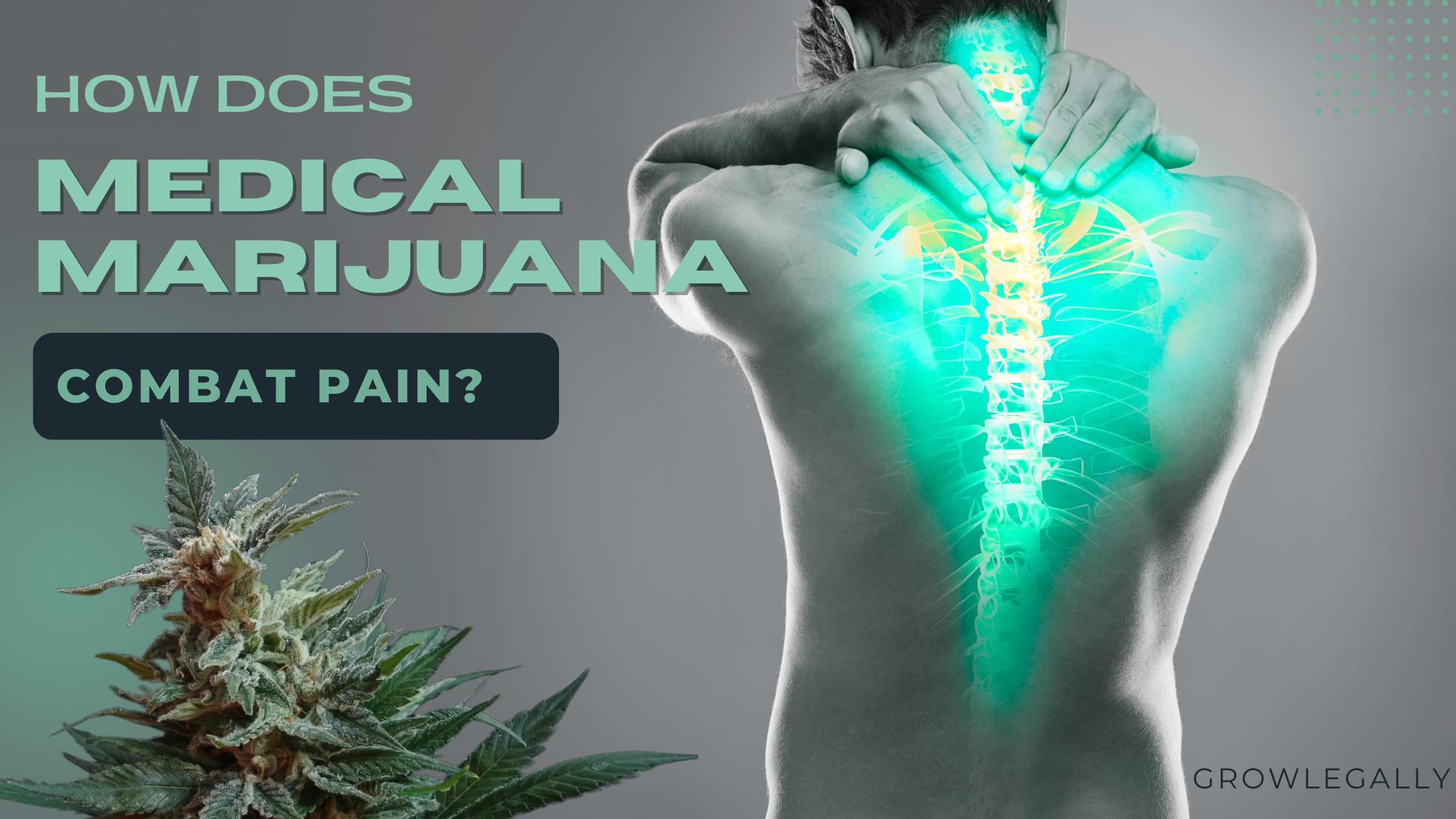
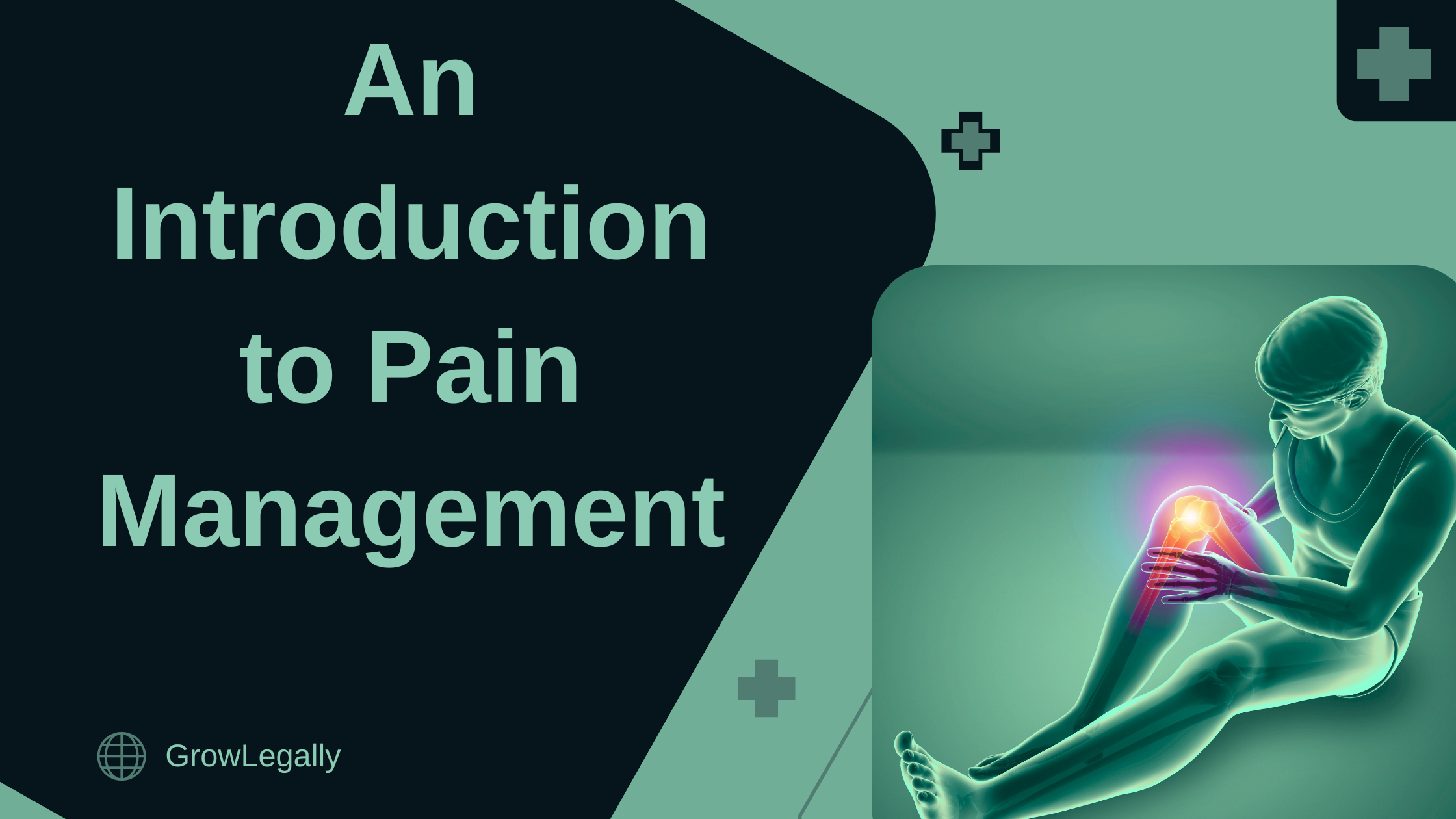
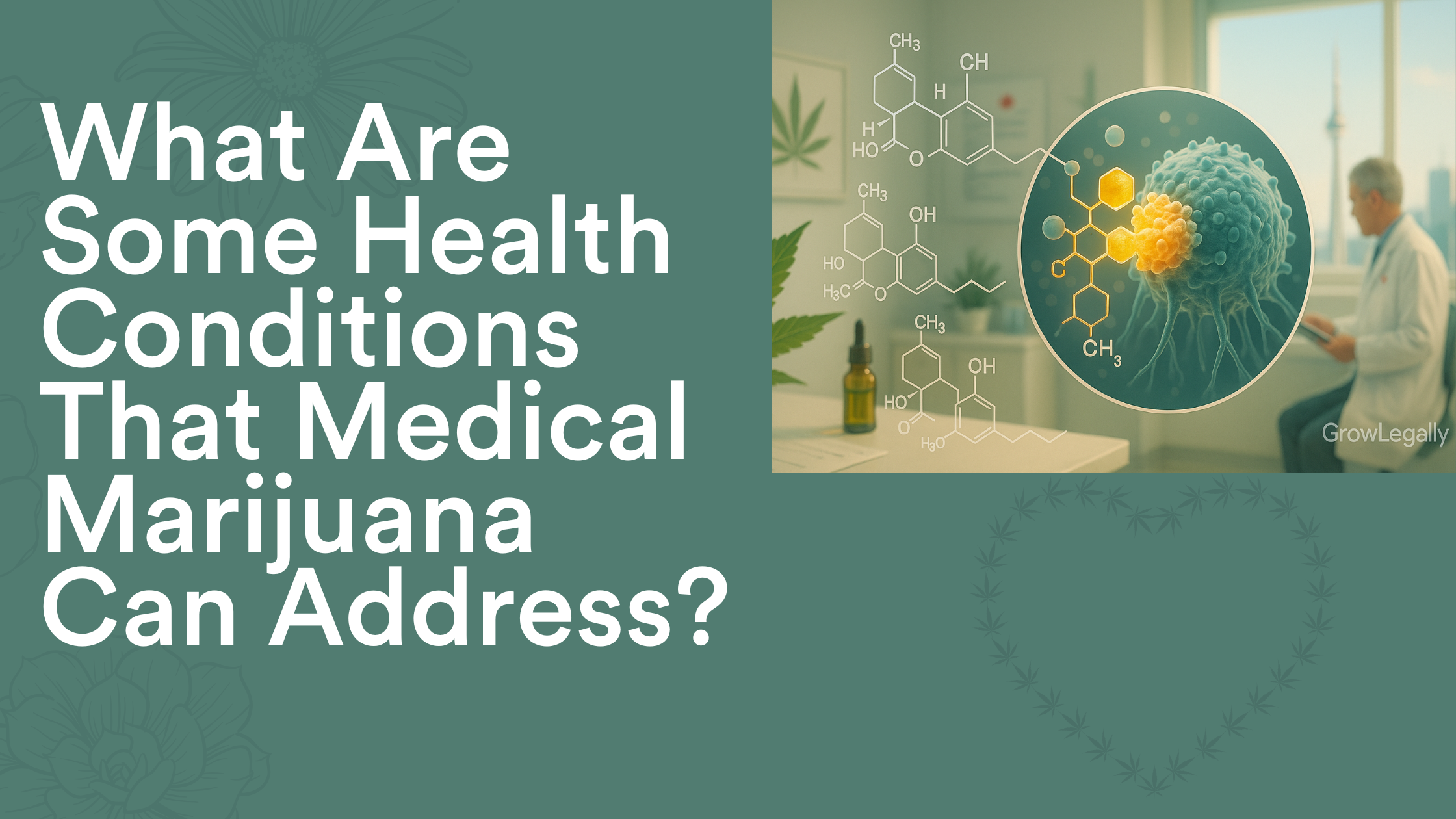
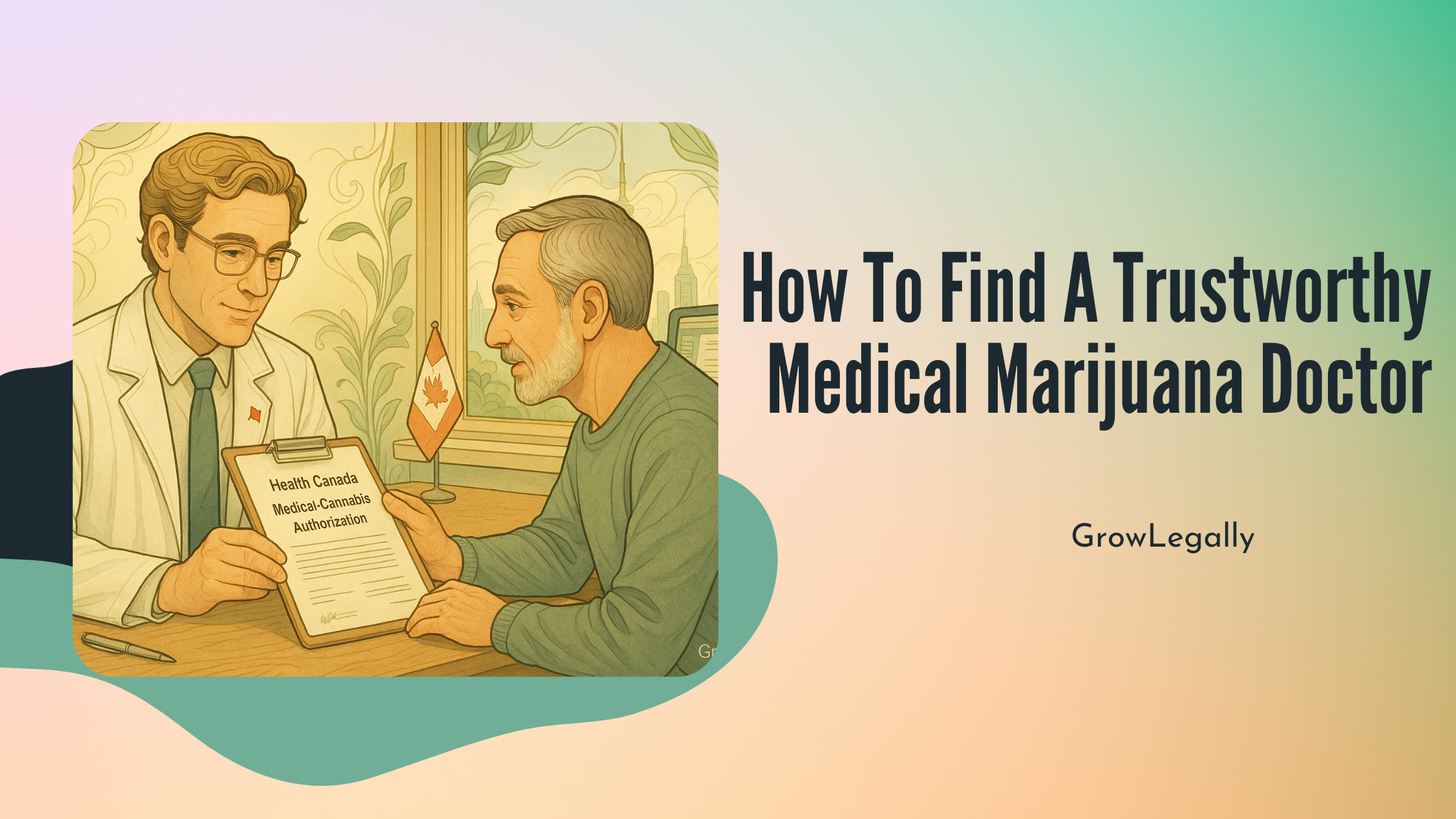

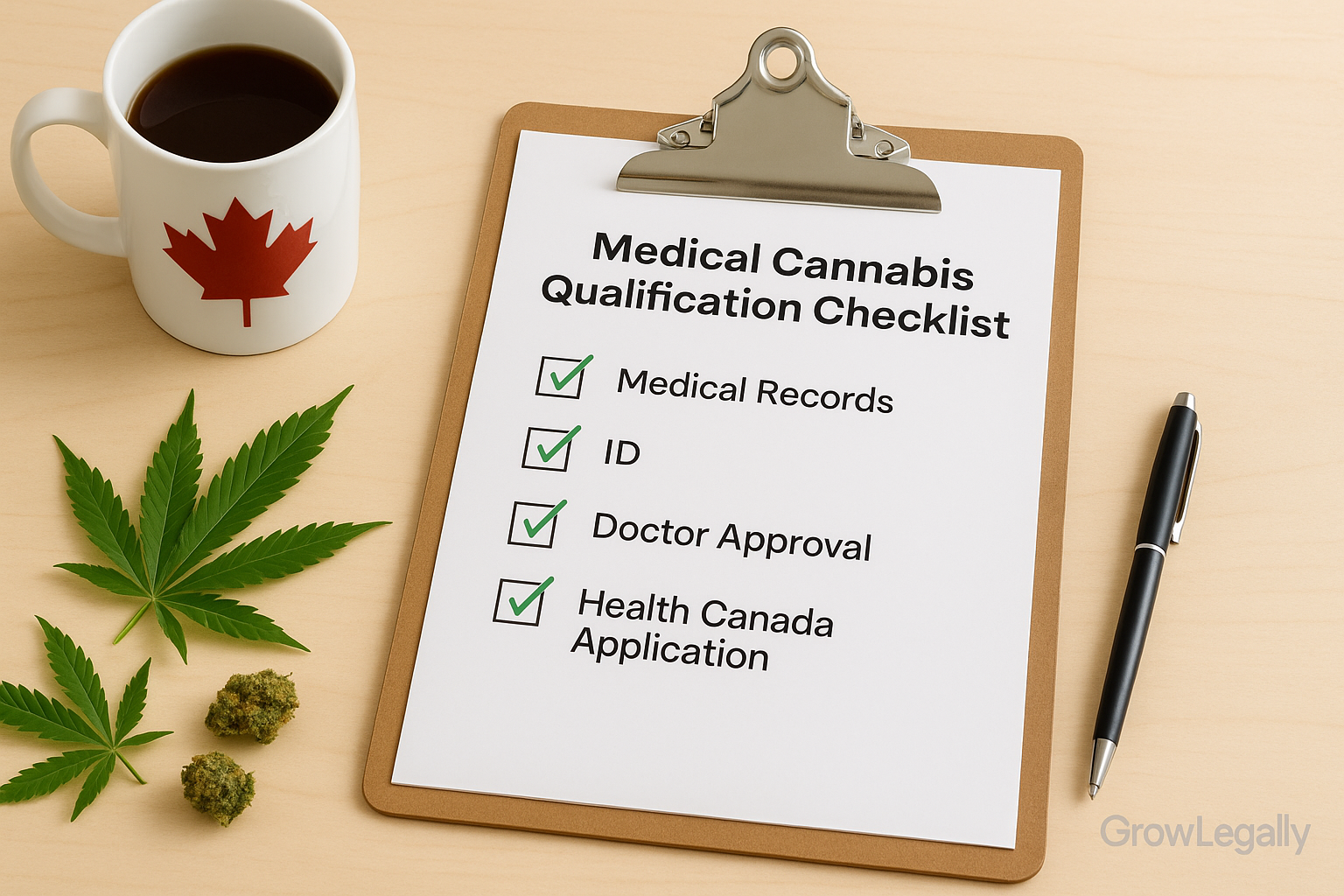
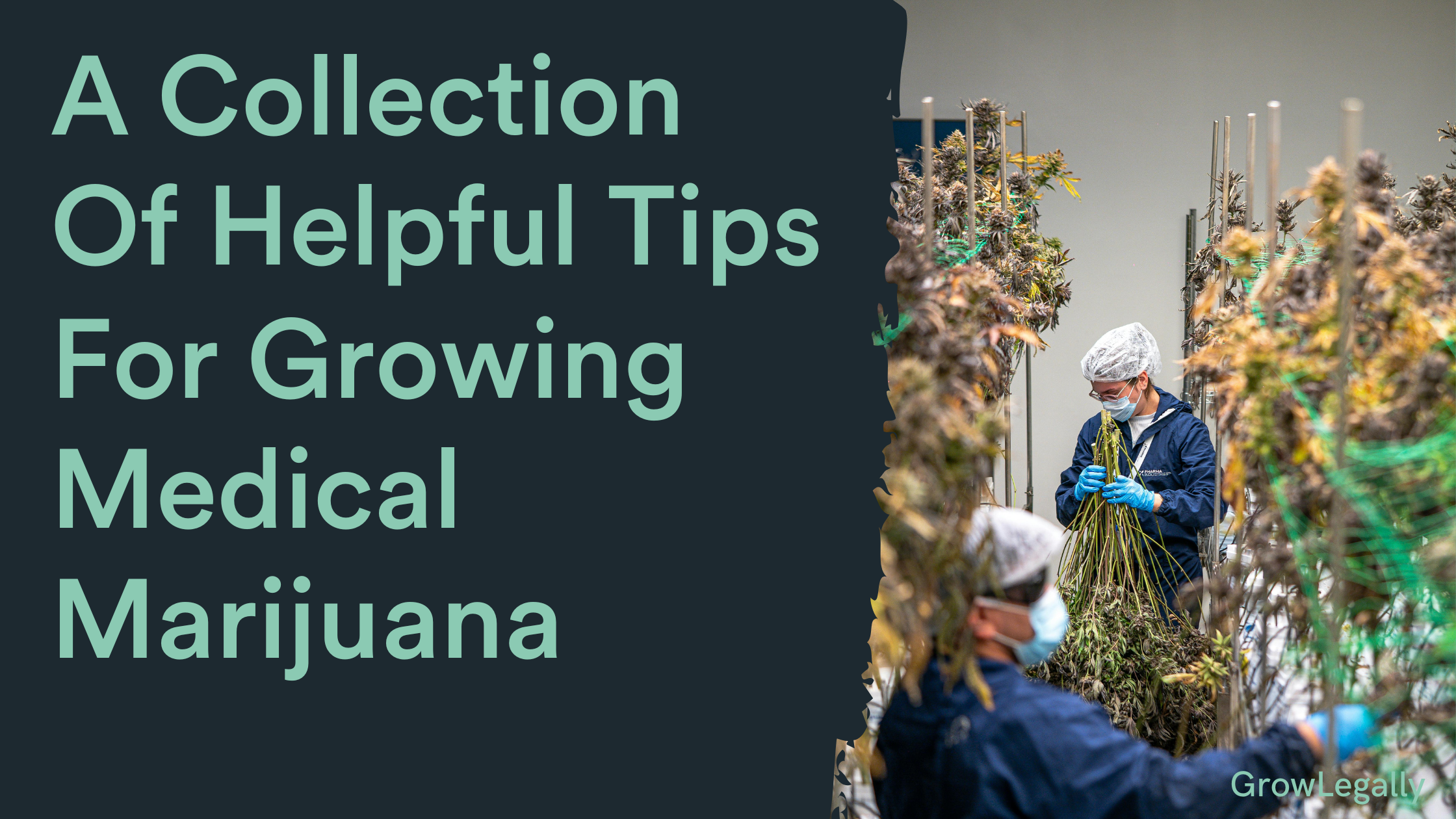
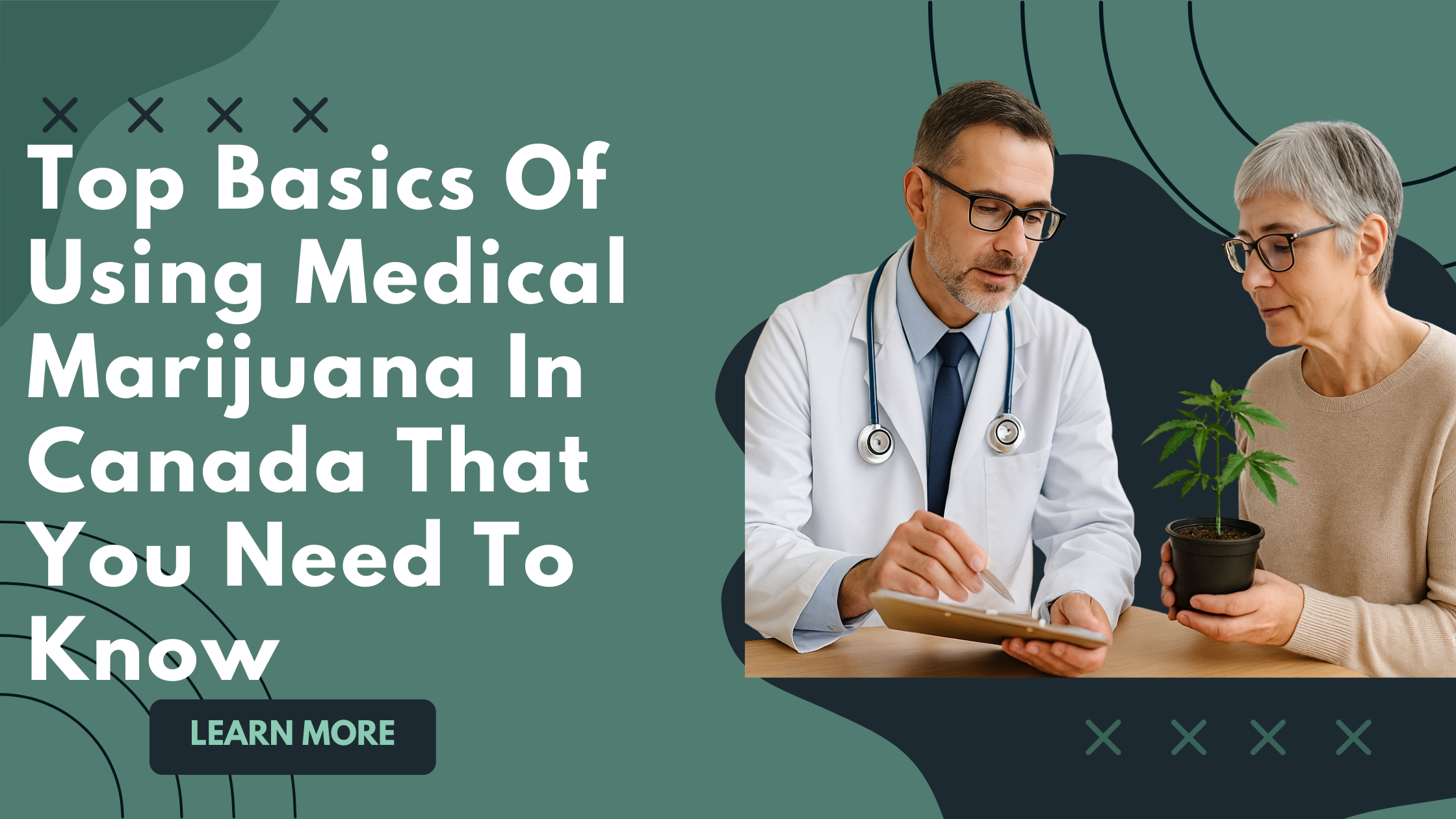
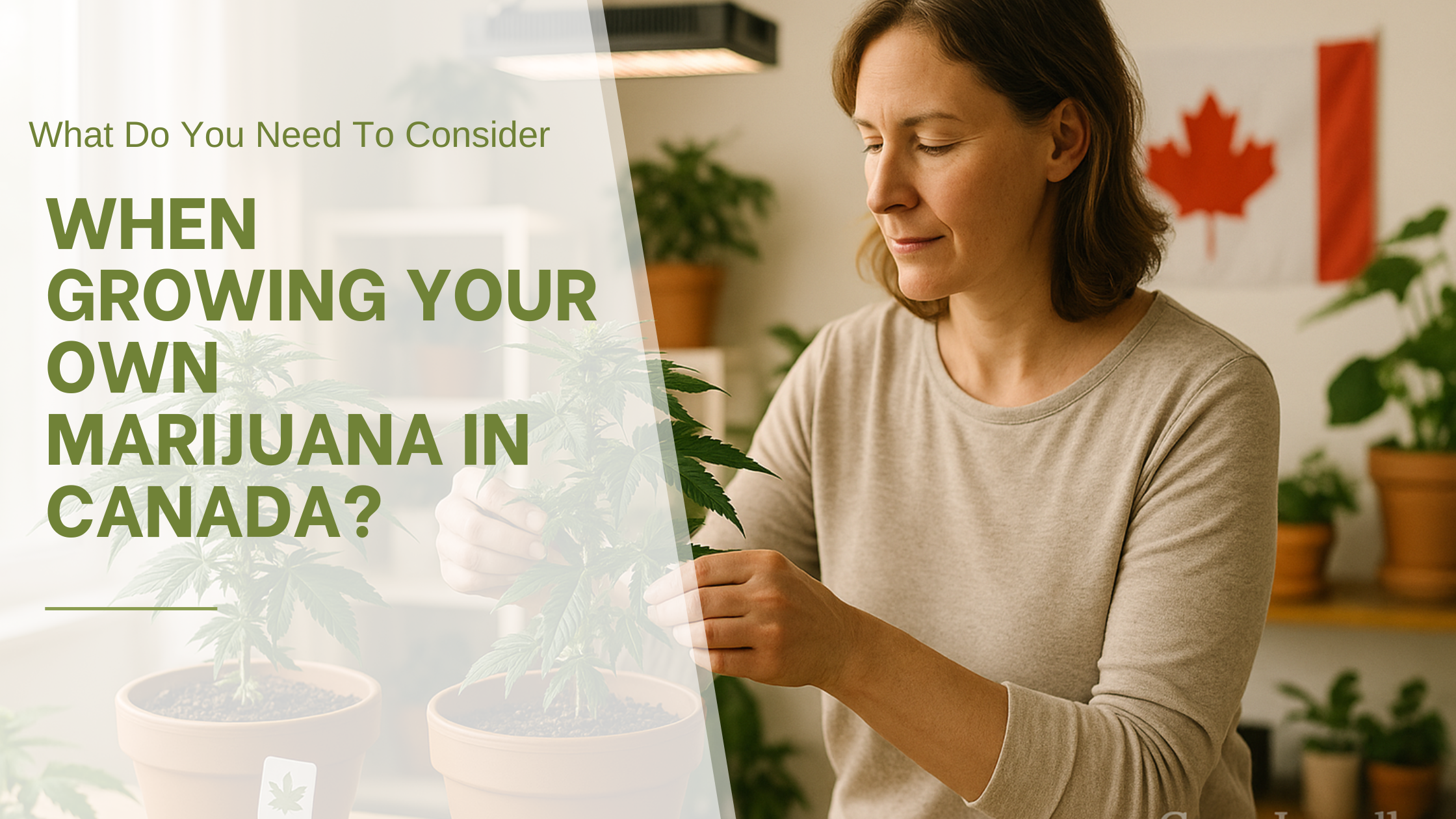


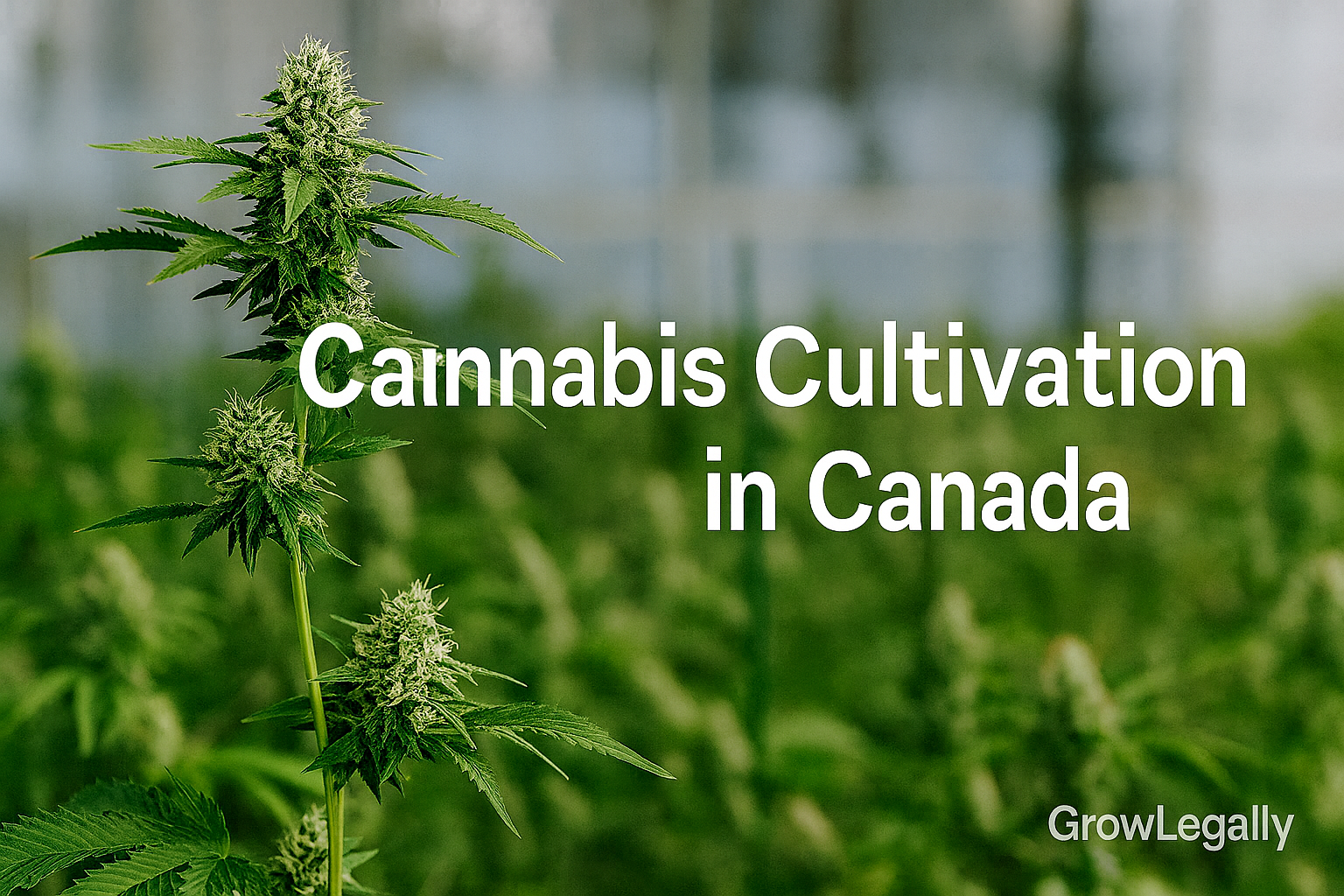
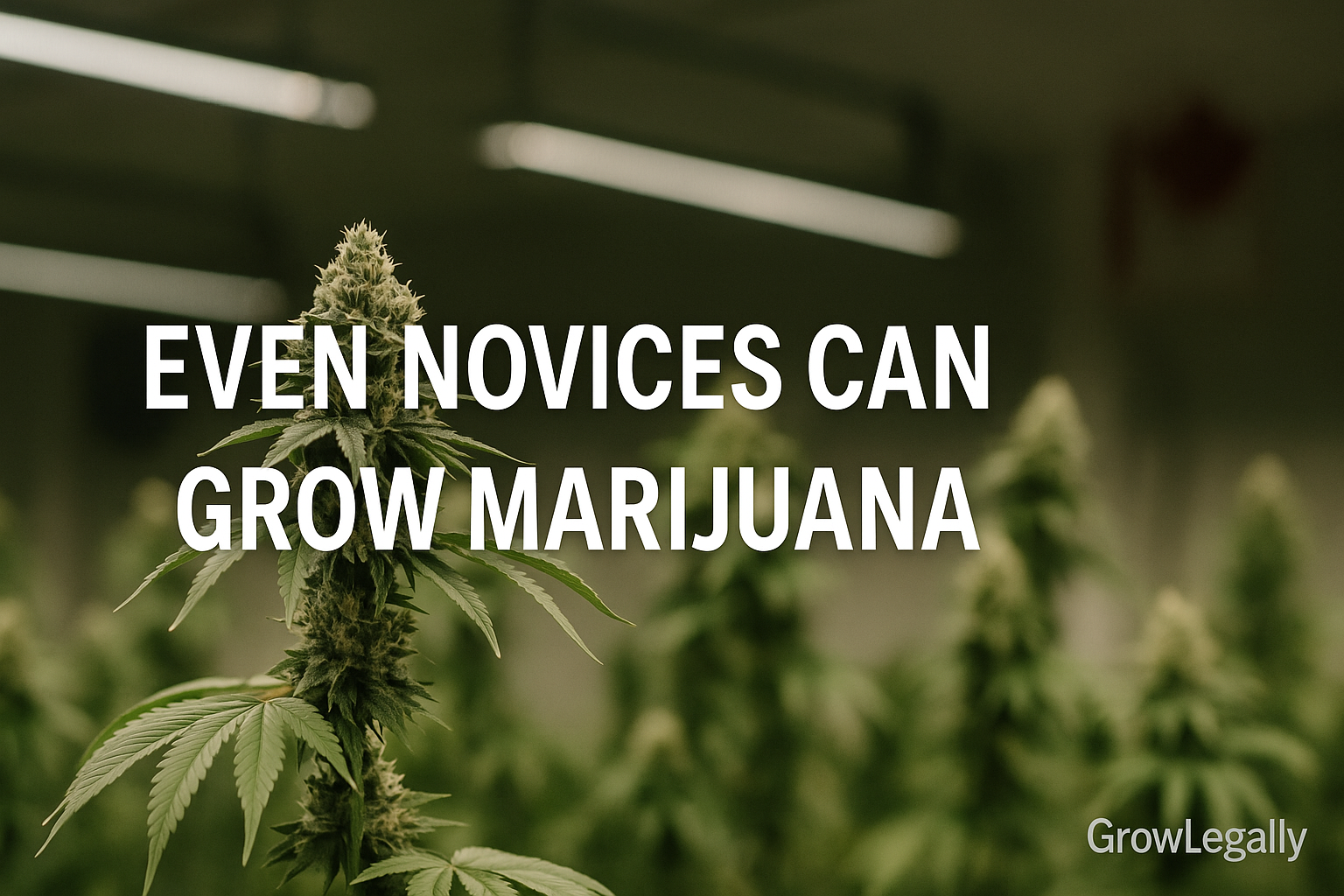




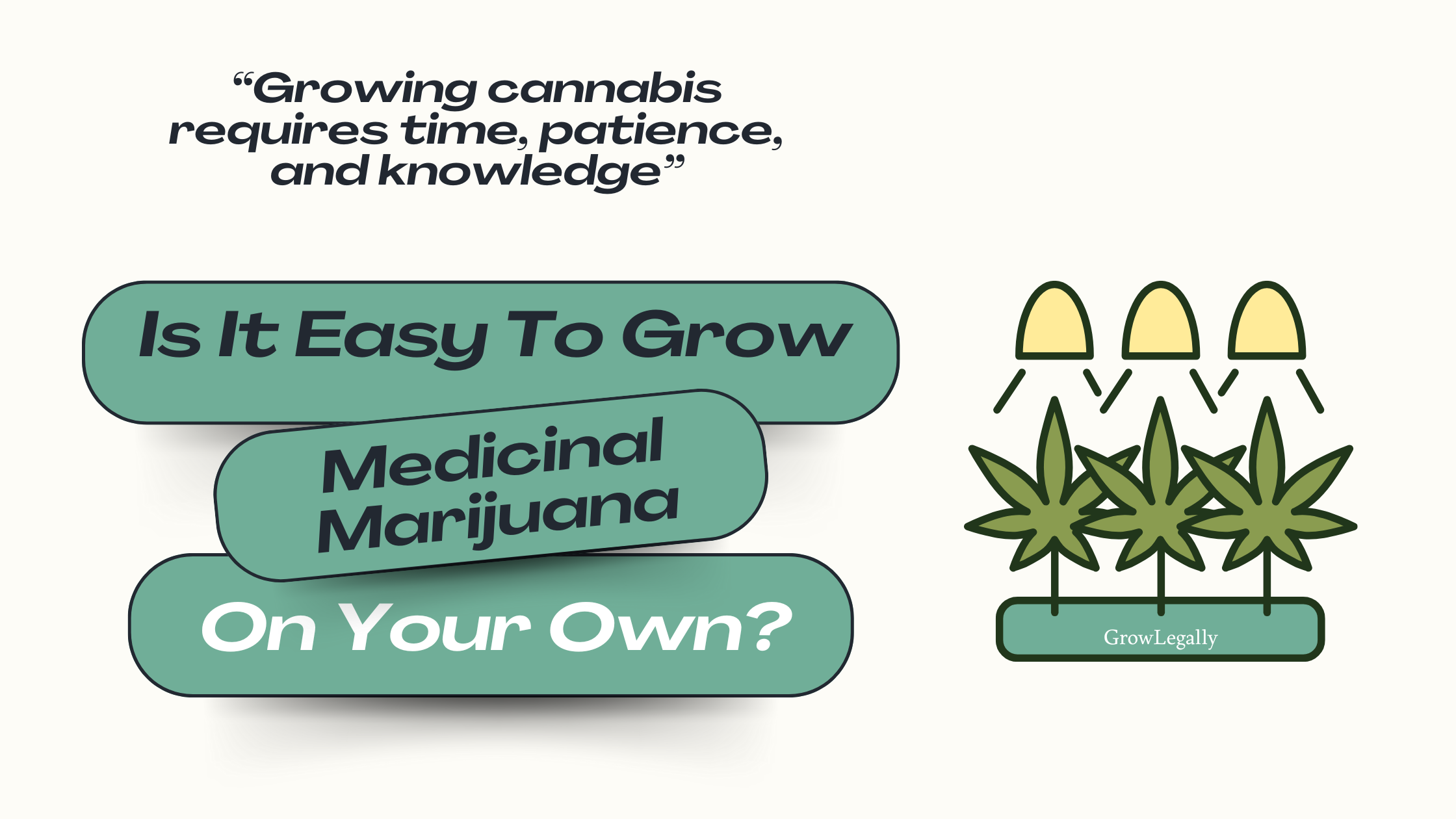
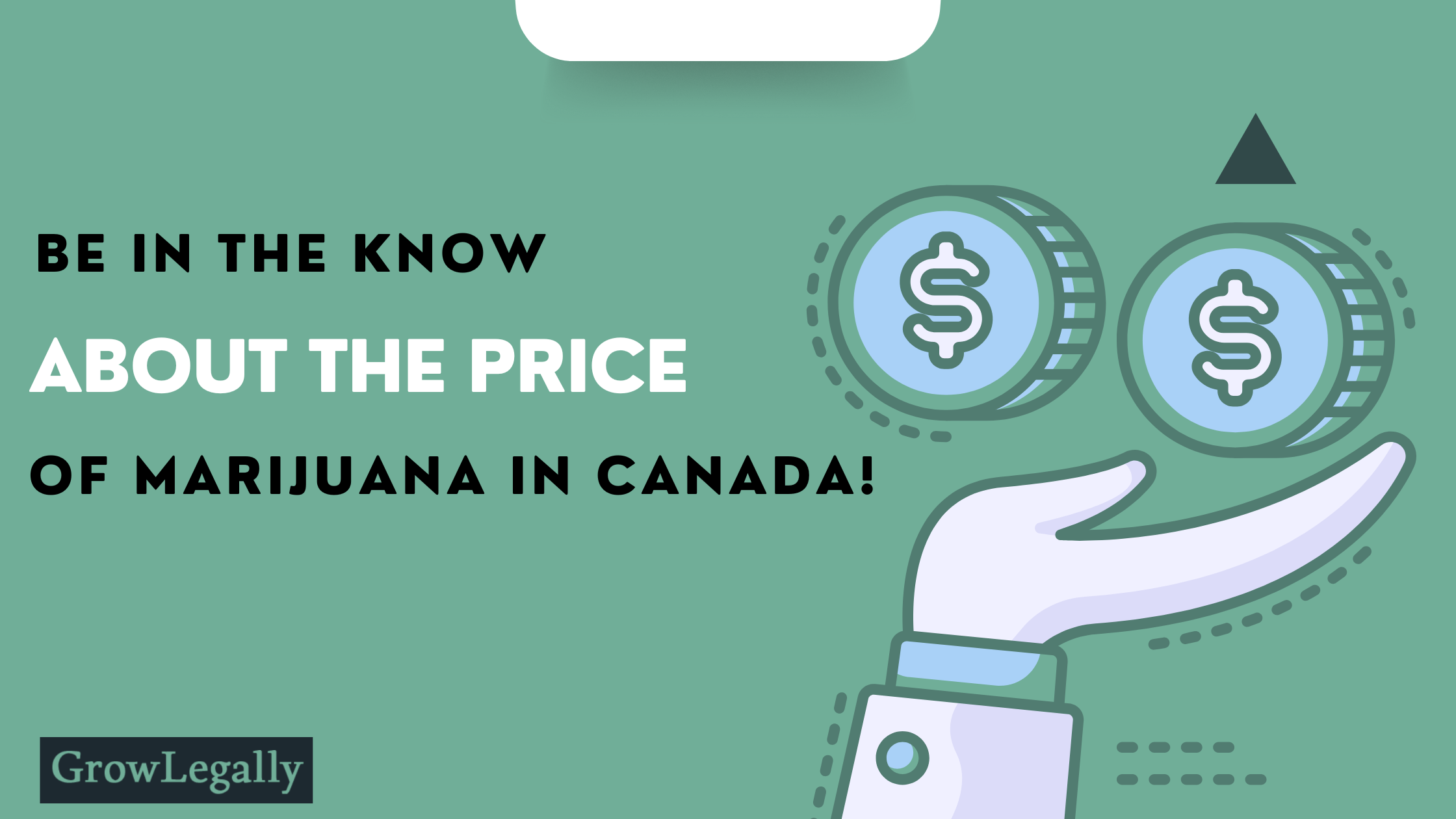





















.png)

















































.png)




























